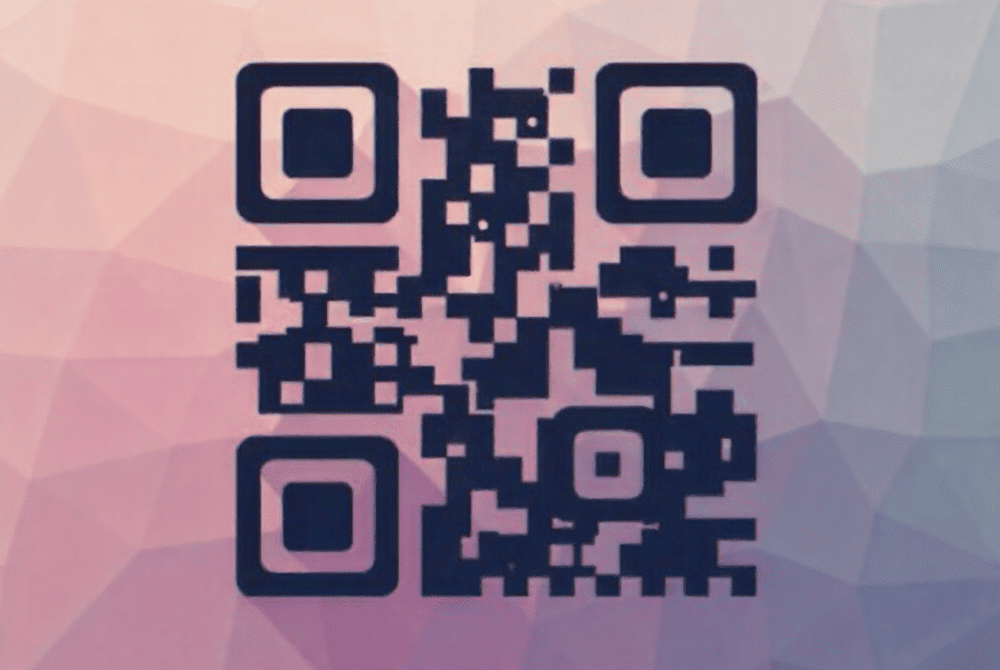In the constantly evolving world of digital payments, EMV Level 3 (L3) testing is a critical phase that ensures interoperability, compliance, and performance validation between the payment terminal and the acquirer’s host. As payment ecosystems diversify with multiple card schemes such as Visa, Mastercard, RuPay, American Express (Amex), and Discover, building a flexible, modular, and scalable test infrastructure becomes an essential requirement for any organization conducting EMV certification. A well-designed modular L3 environment enables testers and engineers to perform simultaneous scheme testing, reduce time-to-market, and maintain consistency across multiple certification cycles without duplicating hardware or software resources.
Understanding the Need for Modular L3 Test Environments
A traditional EMV L3 test setup is often scheme-specific — with separate configurations, host connections, and tools for each network. However, this siloed structure leads to resource duplication, inconsistent testing conditions, and extended certification timelines.
A modular L3 test environment, in contrast, integrates all scheme-specific testing workflows into a single cohesive infrastructure capable of supporting various acquirer host profiles, message formats, and test scripts.
Key goals of modular test design include:
- Unified Infrastructure: A single environment supporting Visa, Mastercard, RuPay, Amex, and Discover, minimizing configuration overhead.
- Dynamic Configuration: Easily switch between scheme-specific parameters and host settings without redeployment.
- Resource Optimization: Reuse test terminals, network components, and simulators across multiple projects.
- Centralized Data Logging: Aggregate transaction logs, host messages, and test results in a unified repository for faster analysis.
- Scalability and Maintenance Efficiency: Simplify updates when new test cases, message fields, or EMV kernel versions are introduced.
Architectural Components of a Multi-Scheme L3 Environment
Designing a modular test environment requires a blend of hardware, software, and protocol-level flexibility. Each layer of the setup — from the terminal under test to the host simulator — must be designed to accommodate scheme-specific variations.
Key architectural layers include:
A. Terminal Layer:
The physical or virtual payment terminal that executes the EMV transaction flow.
- Should support multiple EMV kernels (L2-certified) to interact with different card schemes.
- Must allow dynamic switching between test cards or virtual card images for Visa, Mastercard, or RuPay.
- Should log APDU command/response sequences for detailed debugging.
B. Host Simulation Layer:
Uses configurable simulators that can mimic acquirer-side processing for each scheme.
- Supports ISO 8583 and proprietary message formats depending on the scheme’s specifications.
- Should allow toggling between test profiles — for example, switching between Mastercard Brand Test Tool (BTT) and Visa VCPS profiles without restarting the environment.
C. Middleware & Routing Layer:
- Acts as a universal translator between terminal and host simulators.
- Implements dynamic routing tables to map specific BIN ranges or AIDs (Application Identifiers) to respective host profiles.
- Provides logging hooks for capturing message fields, response codes, and network performance metrics.
D. Test Management and Orchestration Layer:
- Integrates automated test scripts, reporting dashboards, and result tracking.
- Allows parallel testing of different schemes while maintaining isolation between sessions.
- Facilitates continuous integration and regression testing after kernel or firmware updates.
Scheme-Specific Considerations for Modular Test Design
Although the environment must be unified, each payment scheme imposes unique test requirements, certification tools, and acquirer message formats. Designing for flexibility means abstracting scheme dependencies while preserving compliance fidelity.
Key points for each scheme:
Visa:
- Utilize Visa VCPS test suite and host simulators supporting VisaNet or scheme-specific message tags.
- Implement strict validation of DE55 data elements and response codes.
Mastercard:
- Integrate Mastercard Brand Test Tool (BTT) for online and offline tests.
- Support Mastercard host message structures and field-specific requirements (e.g., DE48, DE61).
RuPay:
- Include qSPARC test scripts and NPCI-accredited host profiles.
- Ensure proper handling of Indian regulatory compliance fields and dynamic QR transaction testing if applicable.
American Express (Amex):
- Use Amex AEIPS and ExpressPay test cases.
- Include specific message encryption layers and MAC verification as per Amex standards.
Discover (D-PAS):
- Incorporate Discover D-PAS test environment with distinct APDU flows and host validation criteria.
- Validate acquirer message composition for Discover’s proprietary fields.
Data Logging, Monitoring, and Version Control
In a modular environment, maintaining data consistency and visibility is crucial. Comprehensive data logging enables engineers to identify transaction anomalies, timing mismatches, and host message inconsistencies.
Best practices include:
- Maintain a centralized log server to collect and timestamp transaction traces from all terminals.
- Use structured storage formats (e.g., JSON, XML) for easier parsing and automated validation.
- Implement version control (e.g., Git-based) for test scripts and configuration files to track scheme updates.
- Integrate real-time monitoring dashboards that visualize host communication, transaction latency, and response accuracy.
Advantages of a Modular Multi-Scheme Environment
Building a unified test lab brings both technical and operational advantages, especially for EMV solution providers, payment terminal OEMs, and certification partners like EazyPay Tech.
Key benefits include:
- Reduced Certification Time: Simultaneous L3 certification for multiple schemes without setting up isolated labs.
- Improved Resource Utilization: Shared hardware and software infrastructure reduces costs.
- Enhanced Collaboration: Unified access allows multiple QA and certification teams to work concurrently.
- Consistency in Results: Identical configurations ensure reproducibility across Visa, Mastercard, and RuPay certifications.
- Future-Ready Architecture: Easy integration for upcoming schemes or new EMVCo specification versions.
Role of EazyPay Tech in Building Modular L3 Test Ecosystems
EazyPay Tech specializes in end-to-end EMV L2 kernel integration and L3 certification services, helping terminal manufacturers, acquirers, and fintech providers build high-performance, modular testing infrastructures. Our approach emphasizes:
- Cross-scheme Compatibility: Supporting Visa, Mastercard, RuPay, Amex, and Discover under a unified test framework.
- Custom Host Simulation Tools: Configurable simulators that mimic acquirer message behaviour with precision.
- Automation-Driven Testing: Reducing manual intervention with smart orchestration and result analytics.
- Certification Assistance: Guiding clients through the EMV approval process for faster go-to-market readiness.
- Scalable Infrastructure: Building test environments that evolve as EMV standards and schemes advance.
In the era of global payment innovation, creating a modular EMV L3 testing environment that supports multiple schemes is not merely a technological advantage—it’s a strategic necessity. By combining flexible infrastructure, adaptive host simulation, and intelligent orchestration, organizations can drastically reduce certification complexity while maintaining full compliance with scheme-specific requirements.
EazyPay Tech’s expertise in EMV kernel development, L3 test environment setup, and certification consultancy enables payment technology providers to achieve faster, smoother, and more cost-efficient EMV certifications—across every scheme, every terminal, and every geography.









